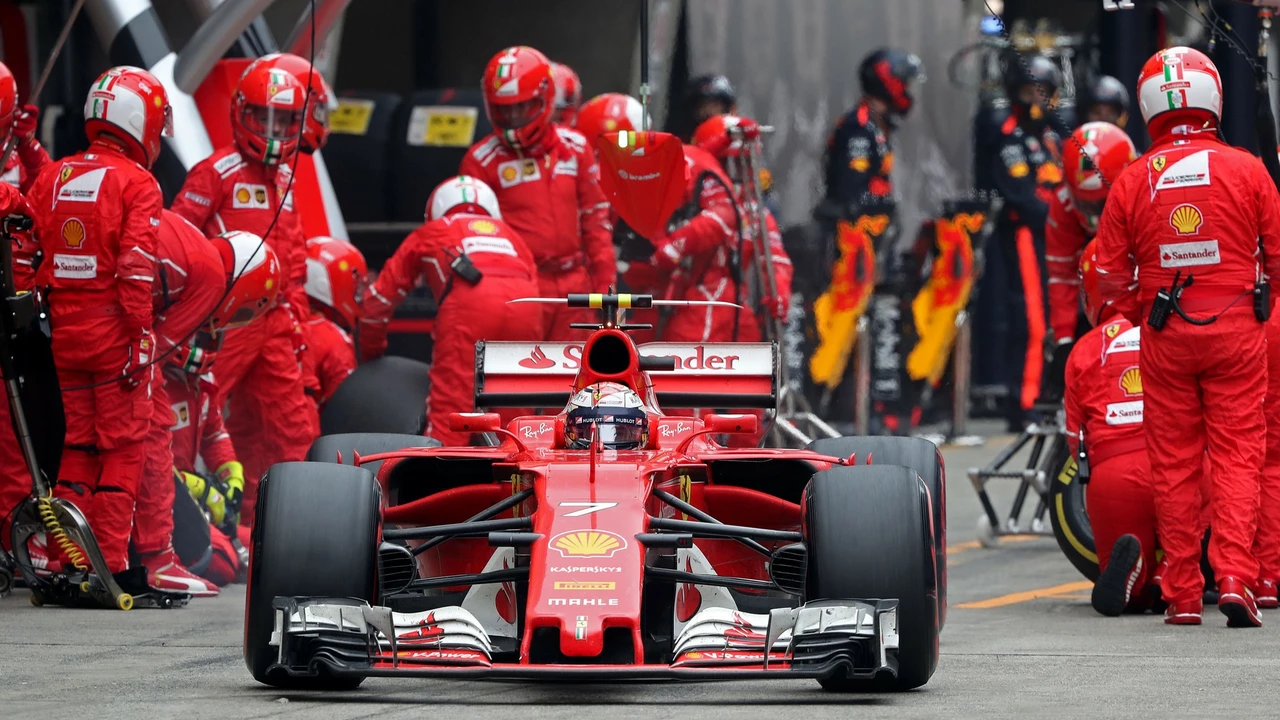Motorsports Analysis
Welcome to the heart of racing data. Here you’ll find straight‑forward breakdowns of what makes a race tick, from tyre choices to pit‑stop timing. No jargon, just the facts you need to understand why a team wins or loses.
Why Pit‑Stops Matter
Every second in the garage adds up on the track. A fast pit‑stop can shave off tenths of a second, which at the finish line can be the difference between first and fifth place. That’s why teams spend millions perfecting the choreography: crew members, equipment, even the type of jack they use. When you watch a race, ask yourself how much of the lead came from the driver and how much came from the pit crew.
IndyCar vs F1: The Pit‑Stop Breakdown
One common question we get is why IndyCar pit‑stops feel slower than Formula 1. The answer is a mix of rules, hardware, and crew size.
Fuel adds time. IndyCar still refuels during a stop, while F1 runs on a fixed fuel load for the whole race. Pumping fuel takes a few extra seconds that you can’t ignore.
Jack type matters. IndyCar crews use hand‑held pneumatic jacks that need to be placed under each wheel. F1 cars have built‑in hydraulic jacks that lift all wheels in a single motion. That mechanical advantage saves precious beats.
Team size counts. An F1 crew can have up to 20 people working on a car, while IndyCar typically runs with fewer hands. Fewer people means each task takes a bit longer.
Car design plays a role. IndyCar wheels use larger lug nuts and bigger tyres, which means more torque to secure them. F1 wheels are designed for quick release, allowing crew members to change them in a flash.
Put all these factors together and you see why an IndyCar stop often runs a second or two longer. It’s not that the crews are slower; the whole system is built differently.
Understanding these details helps you watch a race with a sharper eye. When a driver pulls into the pits, you can instantly gauge how much time they’ll lose and whether the stop is worth the strategy.
Our analysis pages will keep bringing you more of this kind of insight. Whether you’re curious about tyre wear curves, fuel strategies, or how weather reshapes a race, you’ll find clear explanations here. No fluff, just the practical knowledge that makes you feel like you’re part of the pit lane.
Got a specific race or scenario you want broken down? Drop a comment, and we’ll dig into the data together. The more we explore, the better we all get at reading the sport.
Stay tuned for fresh posts, detailed charts, and easy‑to‑follow breakdowns. Motorsports analysis isn’t just for engineers—it’s for any fan who wants to see beyond the roar of the engines.
Kyoji Horiguchi Returns to UFC with Stunning Knockout Win, Calls Out Champion Pantoja
Kyoji Horiguchi returned to the UFC with a stunning third-round choke win over Tagir Ulanbekov in Qatar, calling out teammate and champion Alexandre Pantoja. His 1.2M-viewer comeback sets up a historic title fight at UFC 310.
Why are Indycar pitstops slower than F1 pitstops?
Indycar pitstops often seem slower than F1 pitstops due to a variety of factors. Firstly, the refuelling process included in Indycar pitstops adds extra time. Furthermore, the mechanics in Indycar use hand-held pneumatic jacks, rather than the built-in hydraulic jacks used in F1, which also adds a few crucial seconds. Additionally, IndyCar teams are made up of fewer crew members, which can slow down the process. Lastly, the design of the cars themselves, including tire sizes and lug nuts, can also contribute to the longer pitstop times in Indycar.

